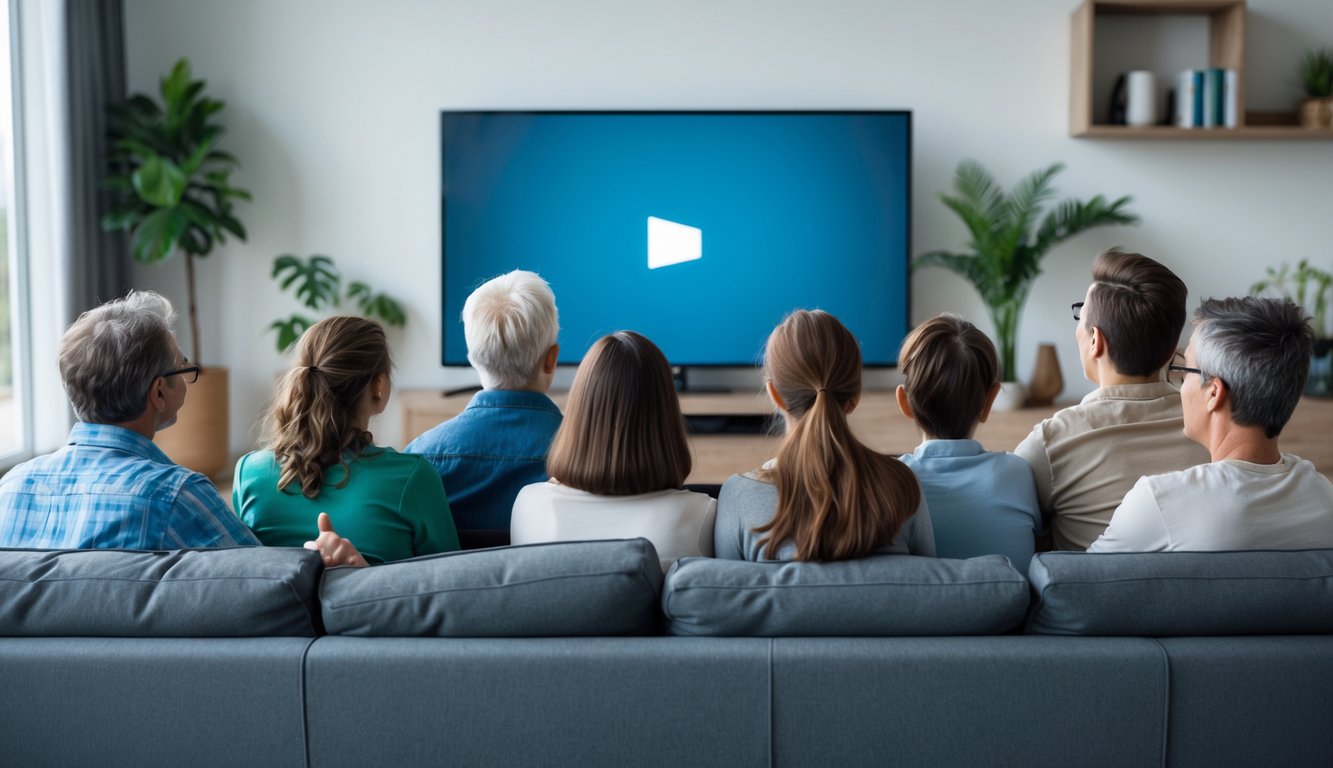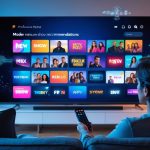
The Business Perspective on Advertising Adjustments

I’m fumbling for my remote while headlines blare about “smarter” ad breaks, and my marketing friends joke about how nobody at the networks sleeps anymore. Every single change in TV advertising messes with budgets, power plays, and what brands stress over before quarterly reports.
Revenue Implications for Networks
My group chat exploded last week over Yurukoglu’s 2022 study—supposedly, Netflix adding ads dropped big TV network ad prices per viewer by 1.5%. Not huge, but if your paycheck depends on CPG giants believing their detergent demo is still out there, that’s a headache.
TV networks now play Whac-A-Mole with ad inventory. They shave 30 seconds here, test 6-second “sprints” there, and it all has ripple effects nobody wants to admit before upfronts. Media planners dread explaining why the same CPM suddenly delivers 12% less. U.S. ad spend is expected to hit $360 billion, with retail and social priorities leaping ahead (thanks, Brian Wieser/Forbes). What does that mean for the next time legacy TV gets priced out? No clue, but probably more stress for network CFOs than viewers notice.
Advertiser Responses to New Ad Formats
Had an agency buyer tell me, “We don’t care about polish if targeting works.” Didn’t expect that in 2014. Now influencer and user-generated ads are everywhere, partly because social is dirt cheap compared to TV. Brand managers keep calling, panicking over “effectiveness” across 88 platforms.
Meta’s ad spend spiked 15% year-on-year, but it’s mostly from higher CPMs, not more impressions—something only spreadsheet nerds seem to notice. Retailers default to “Advantage+ Shopping Campaigns” (now 34% of retail ad budgets), and nobody really complains about losing targeting control since the money keeps flowing. The funny/sad part: clients obsess over their 30s while the real value shifts under their feet, faster than Nielsen can even publish the last report.
Technology’s Role in Shaping Ad Experiences
Seamless ad experience? Sure, if you call my living room turning into a data mine every time I watch something “seamless.” People are catching on: ad breaks aren’t just a dump of commercials—they’re calculated, monitored, and constantly tweaked based on who’s watching and on what device.
Ad Targeting with Smart TVs and Connected Devices
Picture this: my smart TV knows I kill houseplants, probably because I watched a “miracle greens” video last week. Suddenly, I get ads for self-watering planters and organic fertilizer subscriptions (no thanks). Nielsen’s 2024 report says 71% of connected TV viewers noticed “personally relevant” ads, so yeah, the targeting is aggressive. My neighbor bought sneakers online, and now her whole family gets running shoe ads on every show. Fine if you’re into running, I guess.
Turning off ad personalization? Supposed to be easy, but have you tried it on Roku or Samsung? Buried under six menus—no exaggeration. Execs love to brag about “dynamic creative insertion”—which translates to awkward pauses while the TV swaps in a product ad just for me. Kids notice too—my niece could hum a “buy-now” jingle halfway through her cartoon binge. Pebble’s lead tech analyst told AdAge, “Privacy controls haven’t caught up to CTV innovation yet.” Is it annoying? Sometimes. Does it work? Apparently. I’d still prefer fewer plant ads.
What’s Next for Ad Breaks in the Industry
Trying to keep up is a joke. Networks change which ads run, how long, what’s skippable, what’s stitched into the show—like, every week. The next moves aren’t exactly subtle. They’re buried in press releases, “enhanced viewer experience” and all that—except, come on, who’s buying that anymore?
Predictions for Future TV Ad Formats
Pluto TV’s out here with those endless ad breaks—like, how do they get away with dumping 30+ minutes of commercials into a two-hour movie? Nobody seems to care, or maybe we’re just numb. Netflix finally rolled out its ad-supported thing this year (2025, if you’re keeping track), and all anyone talks about is these AI-powered, context-blending ads. Supposedly, you can’t tell the difference between the show and the ad. Sure. Like I’m not gonna notice my favorite character suddenly holding up a carton of oat milk while talking about funeral expenses.
Nielsen’s 2024 streaming report said only 28% of people remembered the products in those “blended” ads, but 40% remembered them with old-school breaks. So, who’s this for? I guess advertisers like it for the “impressions.” Someone at NBC told me their ad-in-picture experiment bombed—viewers thought their remotes broke. That tracks.
Balancing Seamlessness and Revenue
Honestly, nobody’s pretending it’s about a seamless experience. It’s all about how much pain viewers will tolerate before they quit. Networks just mess with the number of ad breaks—sometimes it’s three in the middle, sometimes just one at the start and end, as if anyone can predict what’ll happen. I saw Ars Technica tried to get a comment from WBD about the rising interruptions. Crickets.
If you’re on an “ad-light” plan, you probably expect a couple of quick ads, right? Nope. It’s a marathon. Netflix swears the premium tier will never have ads, but so did everyone else until they hiked prices. Hulu’s “less ads, more shows” thing? Quietly vanished last spring. My dad lost his mind over that during playoff season. Disney+ execs even admitted on their Q1 2025 call that they’re running A/B tests to squeeze out more revenue, viewers be damned. Maybe one day they’ll realize pissed-off subscribers cost more than whatever they’re making off yogurt commercials.



